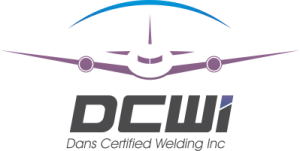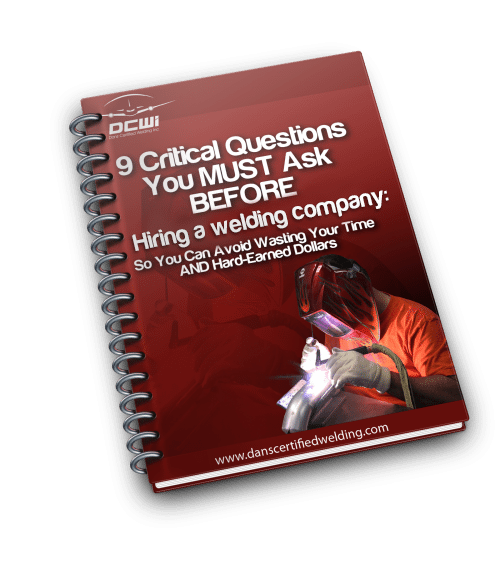- General
- 16.07.2014
- TIG welding, TIG Welding experience, TIG welding tips
TIG Welding: Tips To Properly Weld Sheet Metal
 TIG welding has so many applications; one of the most common is in the aviation and airline industries. In such work, TIG welders usually use weld sheet metal. If you are welding sheet metal for aircraft applications, or for any other that you can think of, consider the following TIG welding tips to ensure that you get the high quality work that is needed.
TIG welding has so many applications; one of the most common is in the aviation and airline industries. In such work, TIG welders usually use weld sheet metal. If you are welding sheet metal for aircraft applications, or for any other that you can think of, consider the following TIG welding tips to ensure that you get the high quality work that is needed.
Just Follow These Simple TIG Welding Tips
Follow rule of thumb – To estimate required heat output, use the rule 1 amp per 1 thousandths inch of carbon steel thickness. Stainless steel and other nickel-based metals need less heat because nickel is a poor heat conductor. For magnesium and aluminum, which are excellent conductors, increase heat output slightly.
Chill out – Use copper chill bats with argon ports. Both the copper and gas draw heat away from the weld area. While it’s okay to use a copper shoe attached to a steel structure, make sure you configure the bar so the copper touches the well-meant. Take care that you do not put copper in direct content with cobalt allows as this may cause issues in high-temperature applications.
Cover your backside – When welding sheet metal, treat most applications like titanium. Titanium always needs shielding the backside of the weld to prevent oxidation. In thin applications, shielding gas on the backside of the weld reduces heat output. It also improves weld quality by eliminating metal surface imperfections that could potentially be a source of cracking high fatigue applications.
Love the back-step – The standard practice in TIG welding involves pushing the weld puddle in one continuous direction for the entire length of the weld. With back-stepping, the welder breaks up the seam in parts to dissipate the heat. Do not confuse the back-step method, which is a planned series of steps along a single joint with the randomness of skip welding.
Super size it – Other sheet metal applications usually require a size #7 TIG cup. For welding sheet metal in aerospace applications, #15 cup or larger is required. A large cup gives better gas coverage of the weld puddle and heat affected zone, which reduces total heat input and improving bead quality. It should also improve bead appearance.
Lens crafter – Always use a TIG torch with a gas lens. The lens smoothens the gas flow and prevents turbulence, which widens the area of gas coverage. If needed, it allows increased electrode extension beyond the cup. Extending the electrode will allow it to reach into the corners and give better visibility of the weld area.
Mind The Gap Of Your TIG Welding
– To do maintenance on some parts, you should cut them to gain access and re-weld the part while maintaining the original dimensions of the part. All parts shrink when welded, so make sure that you plan ahead. Good fixturing, R&D work and experience can give an indication of how to pre-gap a part before welding.
To the point – Electricity likes to come off a point. Nothing focuses an arc more than needle-sharp tungsten. Sharp tungsten directs the heat where you want it. Also, you do not weld with contaminated tungsten; it is a recipe for rework. Having a standard on lanthenated electrodes for all your applications should help.
Always Look For Extensive TIG Welding Experience
If you are looking to get TIG welding done for aerospace application, or for whatever industry, but you have limited TIG welding experience, it would be best that you contact a certified welding company to do it for you.

 You MUST Ask BEFORE Hiring a Welding Company – So You Can Avoid Wasting Your Time AND Hard-Earned Dollars”
You MUST Ask BEFORE Hiring a Welding Company – So You Can Avoid Wasting Your Time AND Hard-Earned Dollars” 
Keep in Touch